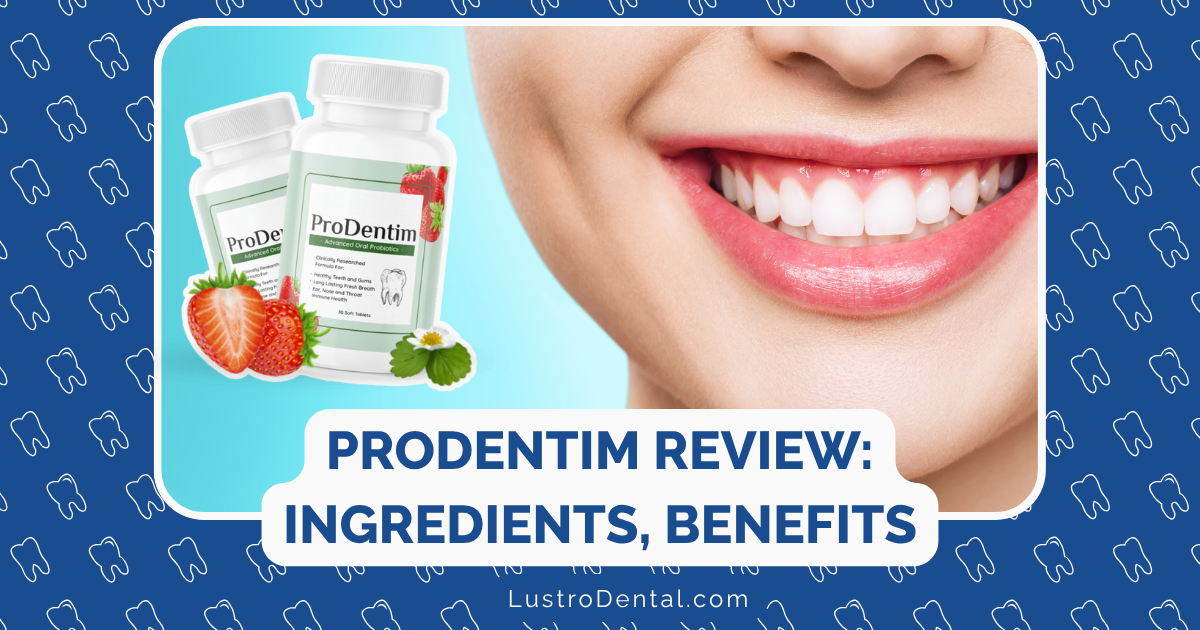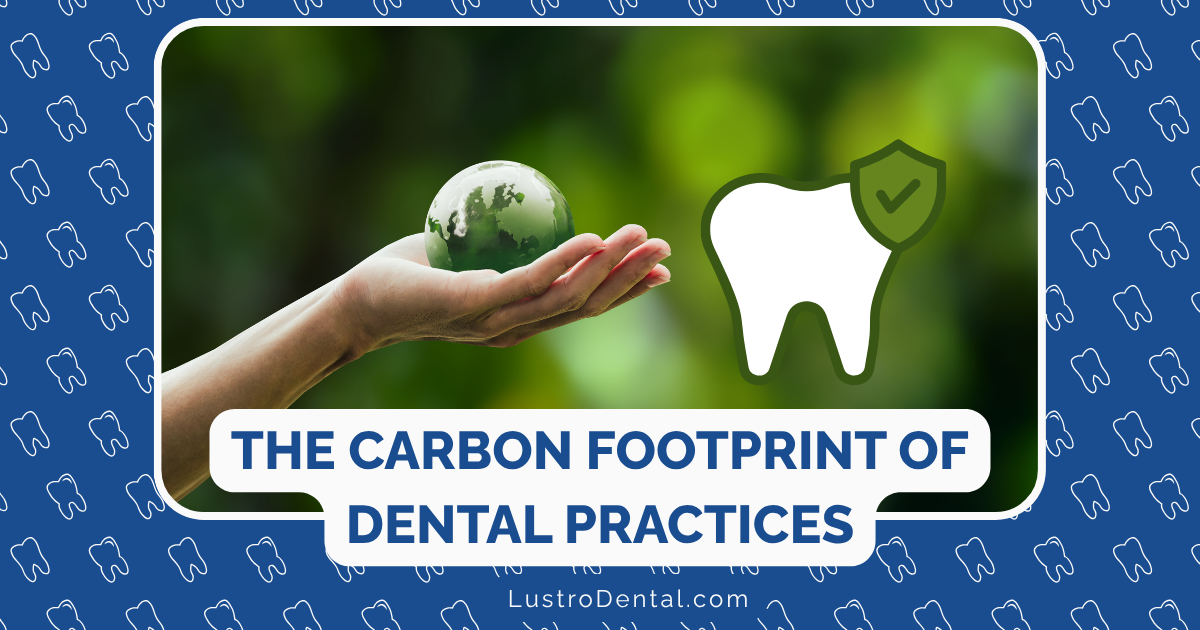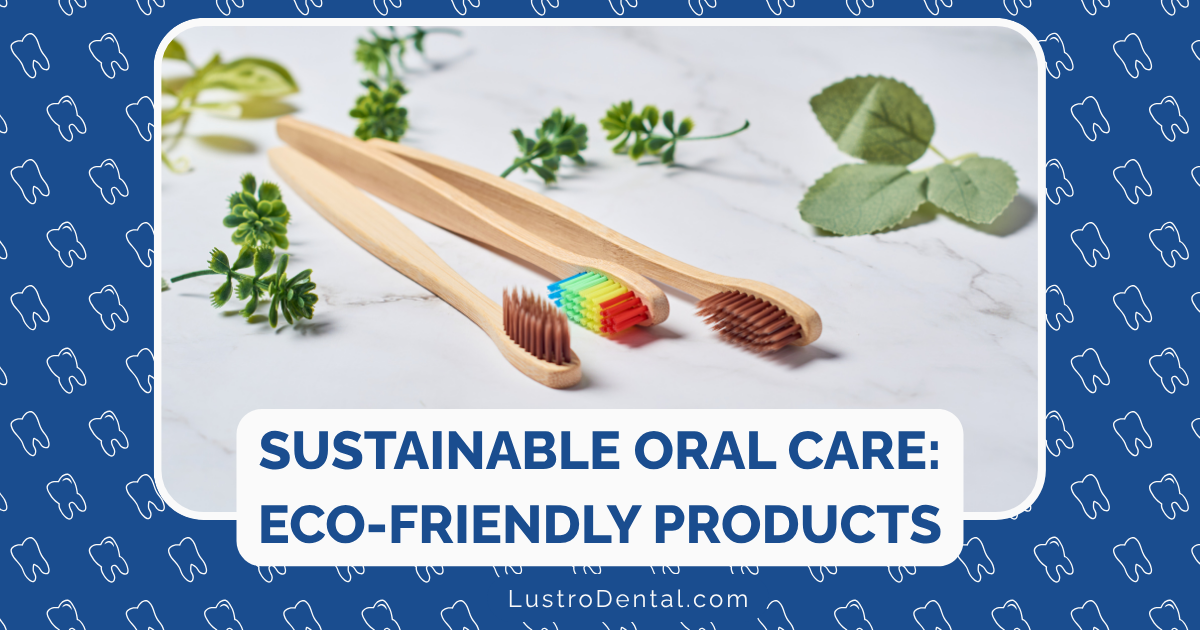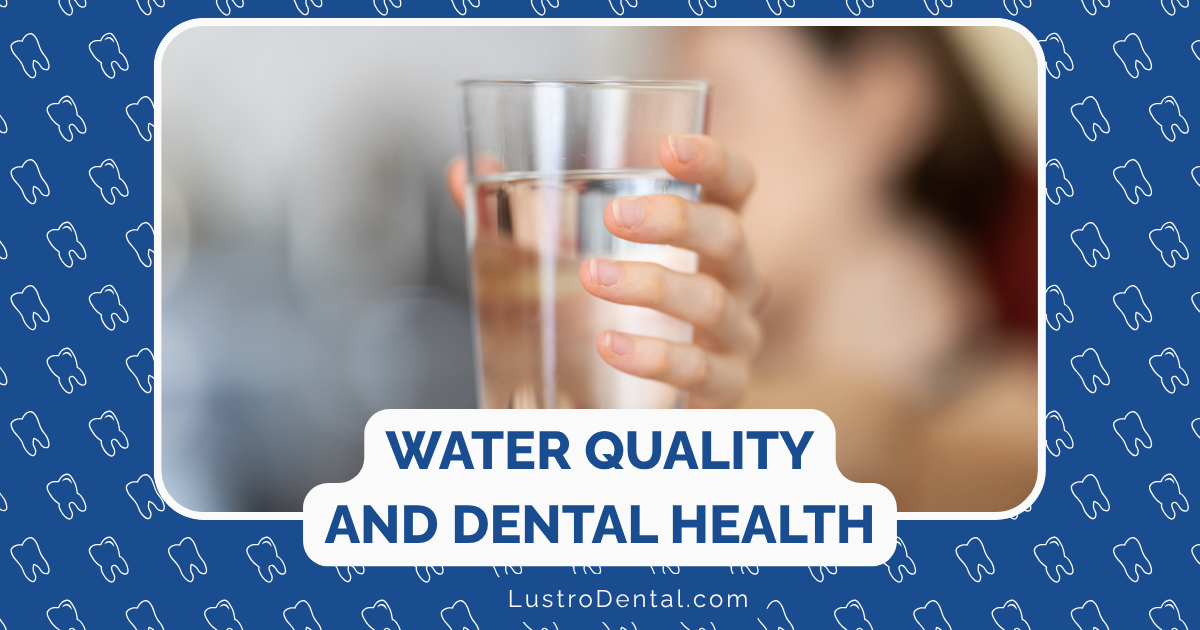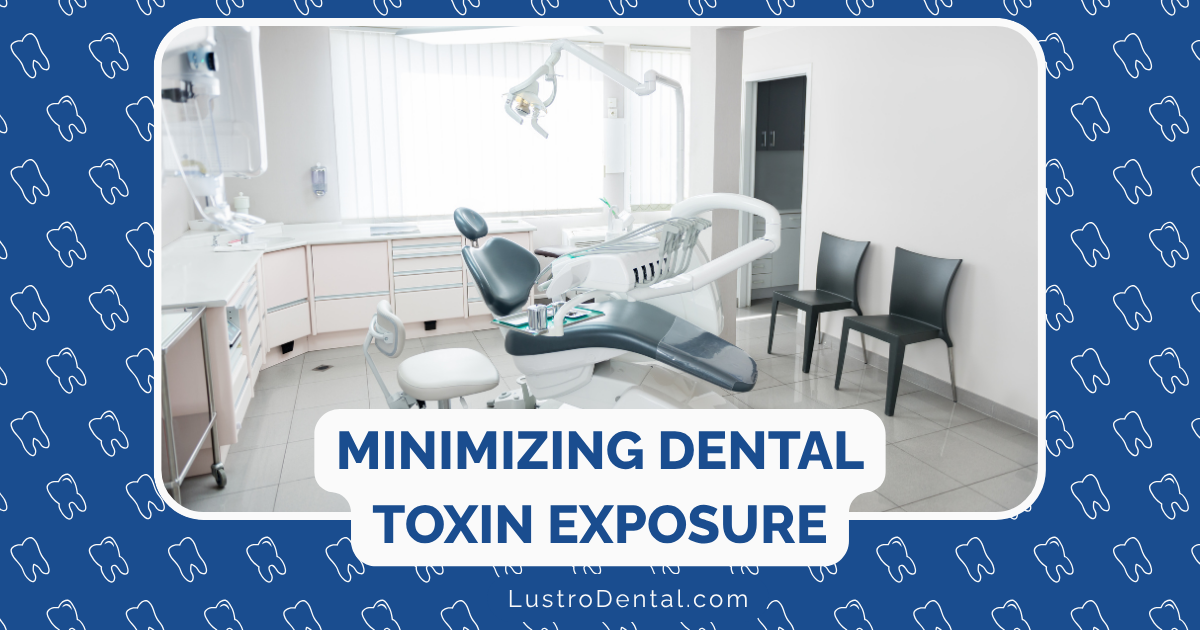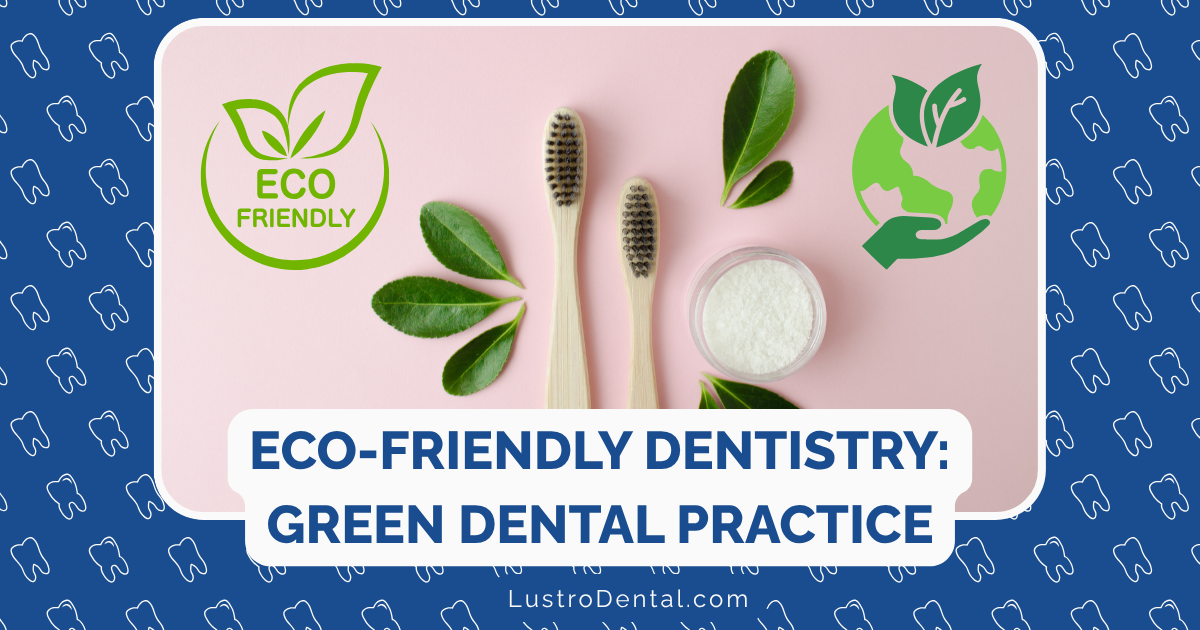Ozone for Cavity Treatment: How It Works to Kill Bacteria
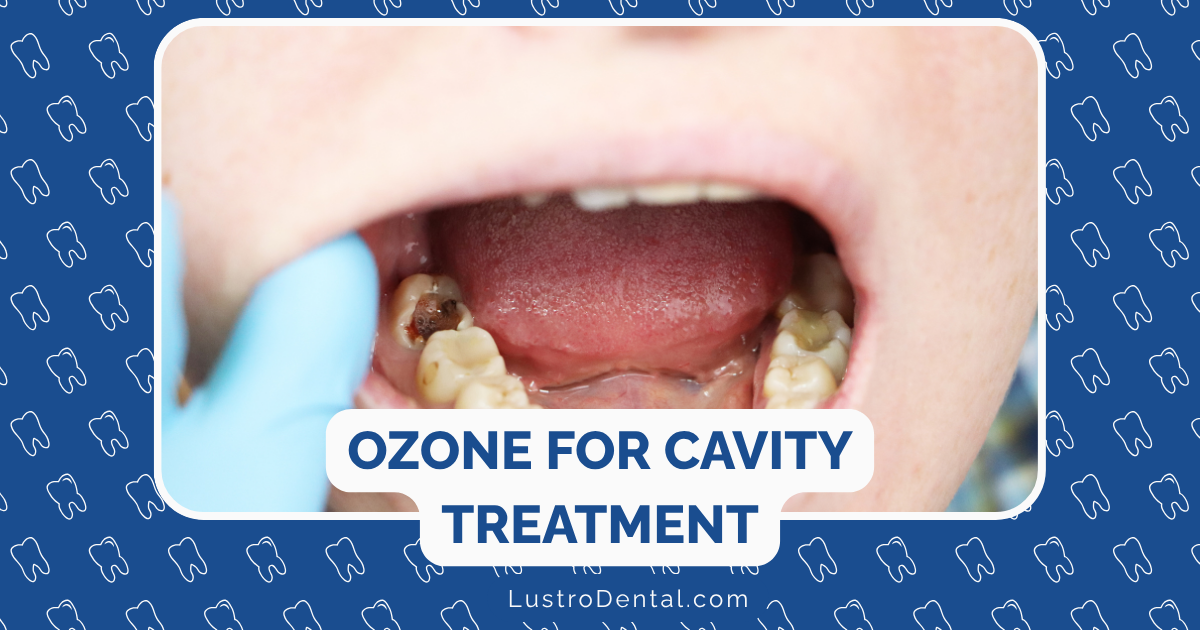
Have you ever wished there was a way to treat cavities without the drill? For many people, the sound of a dental drill triggers immediate anxiety. The good news is that modern dentistry continues to evolve, offering more comfortable and minimally invasive options. One such innovation gaining traction is ozone therapy—a natural approach that harnesses the power of ozone gas to combat the bacteria responsible for tooth decay.
As a dental health advocate, I’m excited to share how this treatment works and what the current research tells us about its effectiveness. Let’s explore the science behind ozone therapy and how it might change the way we approach cavity treatment.
Understanding Cavities: A Battle Against Bacteria
Before diving into ozone therapy, it’s important to understand what causes cavities in the first place. Dental caries (the clinical term for cavities) develop when bacteria in your mouth produce acids that gradually erode tooth enamel. The primary culprits are acid-producing bacteria like Streptococcus mutans and Lactobacillus, which thrive in the biofilm (plaque) that forms on teeth.
These bacteria feed on the sugars and carbohydrates in your diet, producing acids as a byproduct. Over time, this acid attack demineralizes the tooth structure, creating the holes or cavities we’re all familiar with.
Traditional cavity treatment typically involves removing the decayed portion of the tooth with a drill and filling the space with a restorative material. While effective, this approach can be uncomfortable for patients and removes both diseased and healthy tooth structure.
Enter Ozone: Nature’s Powerful Disinfectant
Ozone (O₃) is a molecule consisting of three oxygen atoms. It occurs naturally in our atmosphere and has been used for over a century as a powerful disinfectant in various medical and industrial applications.
In dentistry, ozone therapy involves applying ozone gas, ozonated water, or ozonated oil to infected areas of the tooth. But how exactly does this colorless gas combat cavity-causing bacteria?
The Mechanism: How Ozone Destroys Bacteria
Ozone’s bacteria-killing power comes from its unique oxidative properties. Here’s how it works:
1. Cell Membrane Disruption
Bacteria, including those that cause cavities, have cell membranes composed of lipids (fats), proteins, and other organic molecules. Ozone is a potent oxidizer that attacks these components through a process called “oxidative stress.”
“Ozone targets the unsaturated fatty acids in bacterial cell membranes,” explains Dr. Sarah Johnson, a biological dentist who uses ozone therapy in her practice. “These fatty acids have double bonds that are particularly vulnerable to oxidation.”
When ozone encounters these double bonds, it triggers a reaction called lipid peroxidation. This process essentially “rusts” the cell membrane, creating holes that compromise the bacterium’s structural integrity.
2. Enzyme Inactivation
Bacteria rely on specific enzymes to carry out their metabolic functions. Ozone oxidizes the sulfhydryl groups in these enzymes, rendering them inactive. Without functioning enzymes, bacteria cannot metabolize nutrients, reproduce, or maintain their cellular functions.
3. DNA Damage
Perhaps most devastating to bacteria, ozone can damage their DNA through oxidation of nucleic acids. This prevents bacteria from reproducing and ultimately leads to their death.
What makes ozone particularly effective is that pathogenic bacteria have minimal antioxidant defenses in their cell membranes. According to research published in BMC Oral Health, this makes them especially vulnerable to oxidative attack while leaving healthy human cells relatively unharmed.
Ozone Delivery Methods in Cavity Treatment
Dental professionals use several methods to deliver ozone for cavity treatment:
Gaseous Ozone
Applied directly to the cavity using specialized dental handpieces, gaseous ozone can penetrate the porous structure of a tooth, reaching bacteria that hide in tiny tubules and fissures. This is particularly effective for treating early-stage cavities.
Ozonated Water
Water infused with ozone can be used as an irrigation solution during dental procedures. It’s particularly useful for cleaning cavity preparations before placing fillings.
Ozonated Oils
Olive or sunflower oils treated with ozone create a stable, long-lasting form that can be applied to teeth. These oils release ozone slowly over time, providing extended antimicrobial action.
The Clinical Process: What to Expect
If you’re receiving ozone therapy for cavity treatment, here’s what you might experience:
- Assessment: Your dentist will evaluate the extent of decay, often using tools like DIAGNOdent (a laser cavity detection device) to precisely measure the lesion.
- Preparation: Unlike traditional drilling, minimal or no removal of tooth structure may be needed, especially for early-stage cavities.
- Ozone Application: The dentist applies ozone to the affected area for a short period (typically 30-60 seconds). This process is painless and odorless when properly administered.
- Remineralization: Following ozone treatment, remineralizing agents containing calcium, phosphate, and fluoride are often applied to help rebuild the tooth structure.
- Monitoring: Your dentist will schedule follow-up appointments to monitor the treated area and assess healing.
“What makes ozone therapy particularly appealing is its minimally invasive nature,” notes Dr. Michael Chen, who incorporates ozone into his practice. “For early-stage cavities, we can often avoid drilling altogether, preserving healthy tooth structure while still effectively addressing the infection.”
The Evidence: What Research Tells Us
While ozone therapy for cavity treatment shows promise, it’s important to consider what the scientific evidence tells us about its effectiveness.
Strengths of the Evidence
Recent research has demonstrated several benefits of ozone therapy:
- A 2025 systematic review published in PMC found that ozone therapy effectively reduces bacterial counts in infected dental tissues.
- Studies have shown that ozone can penetrate dentin (the layer beneath enamel) to reach bacteria that traditional methods might miss.
- Research indicates that ozone treatment can promote remineralization of early carious lesions, potentially reversing the decay process in its initial stages.
- Clinical trials have demonstrated that ozone therapy can reduce the need for drilling and filling by approximately 40-60% in suitable cases.
According to a study published in Dimensions of Dental Hygiene, ozone therapy has shown effectiveness against both Gram-positive and Gram-negative oral microorganisms, including the primary cavity-causing bacteria.
Limitations and Considerations
Despite these promising findings, there are important limitations to consider:
- Ozone therapy is most effective for early-stage cavities. Advanced decay typically still requires traditional drilling and filling.
- Some studies have shown mixed results regarding ozone’s long-term effectiveness compared to conventional treatments.
- Research from Science Direct indicates that while ozone shows promise, more evidence is needed to establish it as a standalone alternative for caries management.
- Ozone therapy is generally used as an adjunct to, rather than a replacement for, comprehensive dental care.
Benefits Beyond Bacteria: Additional Advantages of Ozone
Beyond its bacteria-killing properties, ozone therapy offers several additional benefits for dental patients:
Stimulating Remineralization
After killing bacteria, ozone creates an environment that favors remineralization—the natural process of rebuilding tooth structure. It does this by:
- Neutralizing the acidic environment created by bacteria
- Increasing blood flow to the area
- Activating remineralization enzymes
Reducing Sensitivity
Many patients report decreased tooth sensitivity following ozone treatment. This may be due to ozone’s ability to:
- Seal dentinal tubules (tiny channels in the dentin that, when exposed, can cause sensitivity)
- Reduce inflammation in the pulp (the inner, living part of the tooth)
- Promote healing responses in dental tissues
Preserving Tooth Structure
Unlike traditional drilling, which removes both infected and healthy tooth structure, ozone therapy is highly selective, targeting only the bacteria while preserving the maximum amount of natural tooth material.
Is Ozone Therapy Right for You?
While ozone therapy offers exciting possibilities, it’s not appropriate for every situation. You might be a good candidate if:
- You have early-stage cavities (incipient lesions)
- You’re anxious about traditional drilling
- You prefer minimally invasive dental approaches
- You’re interested in preventive care
However, ozone therapy may not be suitable if:
- You have deep or extensive cavities
- You have certain medical conditions (including pregnancy, hyperthyroidism, or severe anemia)
- You have a history of ozone sensitivity
“The ideal approach is often a balanced one,” advises Dr. Lisa Williams, who practices integrative dentistry. “We use ozone therapy when appropriate, but we don’t hesitate to recommend traditional treatments when they’re the best option for the patient’s specific situation.”
Finding a Dentist Who Offers Ozone Therapy
If you’re interested in exploring ozone therapy for cavity treatment, here are some tips for finding a qualified provider:
- Look for specific training: Ask about the dentist’s training and experience with ozone therapy.
- Ask about their approach: Do they use ozone as a standalone treatment or as part of a comprehensive approach?
- Discuss the evidence: A good practitioner should be able to explain both the benefits and limitations of ozone therapy based on current research.
- Consider their philosophy: Dentists who practice biological, holistic, or integrative dentistry are more likely to offer ozone therapy.
The Future of Cavity Treatment
As research continues and technology advances, ozone therapy represents one of several emerging approaches that may transform how we treat dental cavities. The ideal future of dentistry likely involves a personalized approach that combines the best of traditional methods with innovative techniques like ozone therapy.
By understanding how treatments like ozone work at the microscopic level—targeting the bacteria that cause decay while preserving healthy tooth structure—we gain greater appreciation for the evolving science of dental care.
The next time you’re facing a cavity, consider discussing with your dentist whether ozone therapy might be an appropriate option for your specific situation. While it may not completely replace the dental drill in all cases, it offers a promising addition to the dental toolkit that aligns with the growing emphasis on minimally invasive, patient-friendly approaches to oral health care.
Have you experienced ozone therapy for cavity treatment? What was your experience like? Share your thoughts in the comments below.


